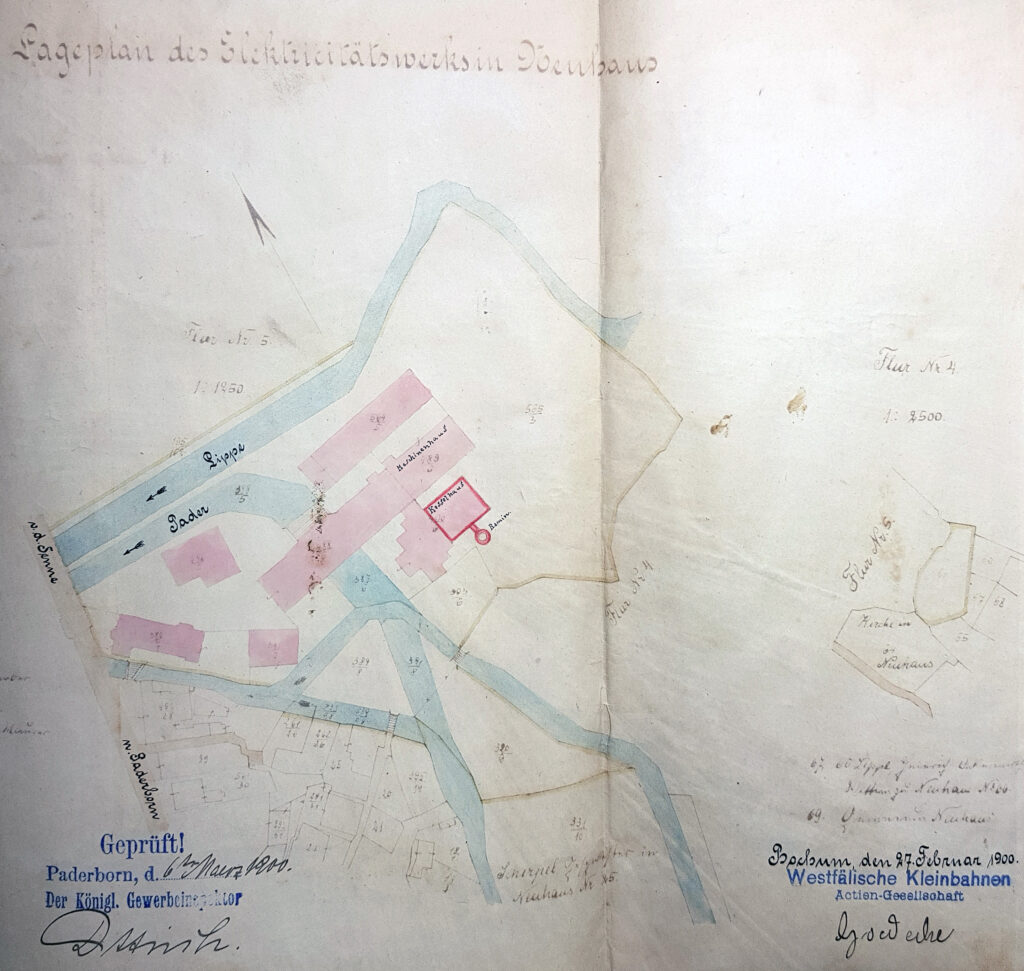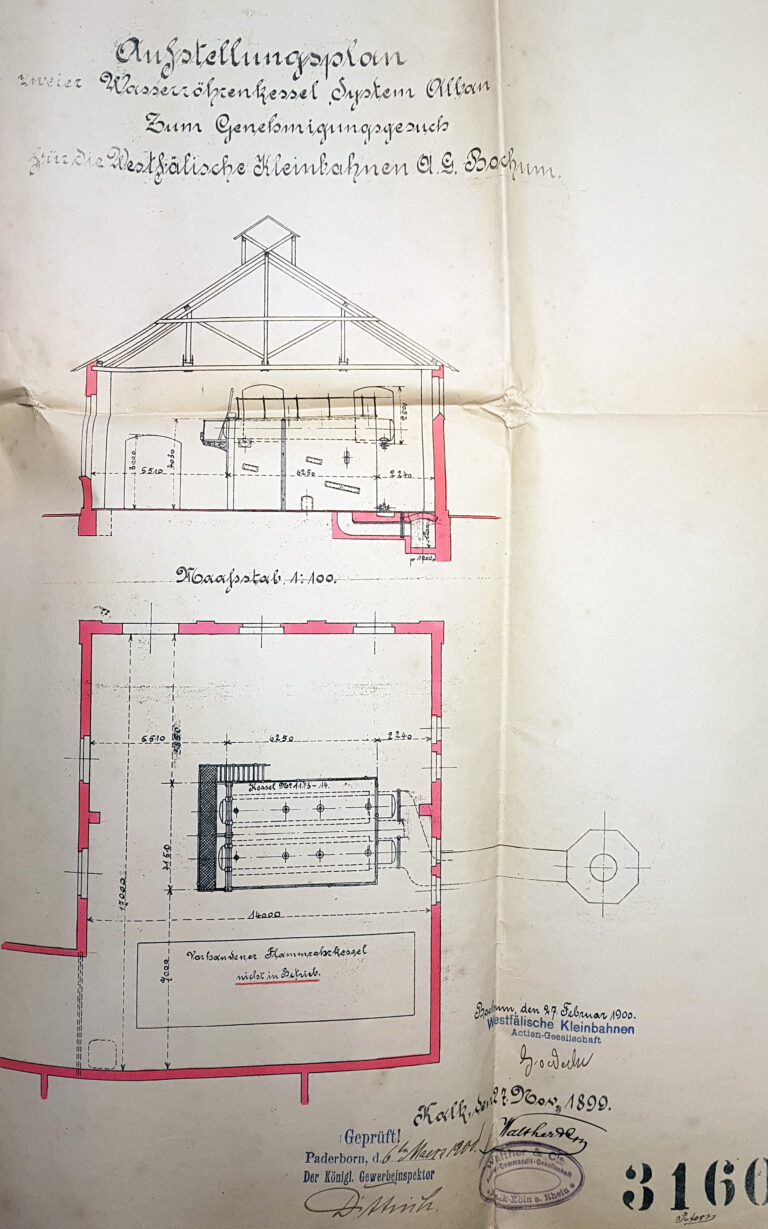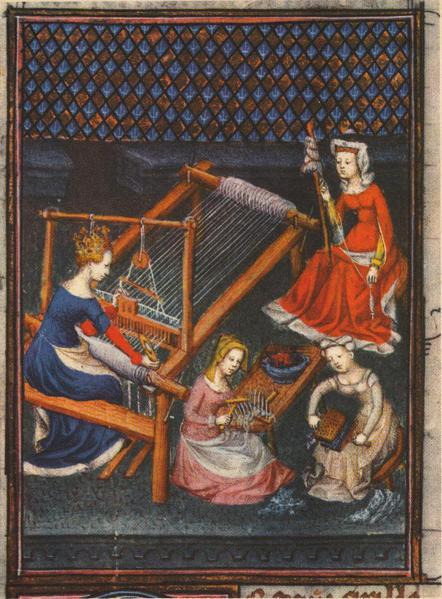With the continuous use of the Neuhaus castle complex, its surroundings gradually developed under Bishop Simon III. (officiating 1463-98), its surroundings, in which middle-class trades settled, gradually developed into the princely residence town. These basic craftsmen, who supplemented the court's self-sufficiency from within the town, probably included bakers, tailors, butchers, brewers, cobblers and blacksmiths as early as the 15th century.
Credit: Neuhaus municipality, course of the River Pader within the municipality with ring ditch, mills and dye works, 1850s (basis: original cadastral map of 1830, Flur V, Kreis Paderborn, Amt für Geoinformation, Kataster und Vermessung, edited by M. Ströhmer 2019)















